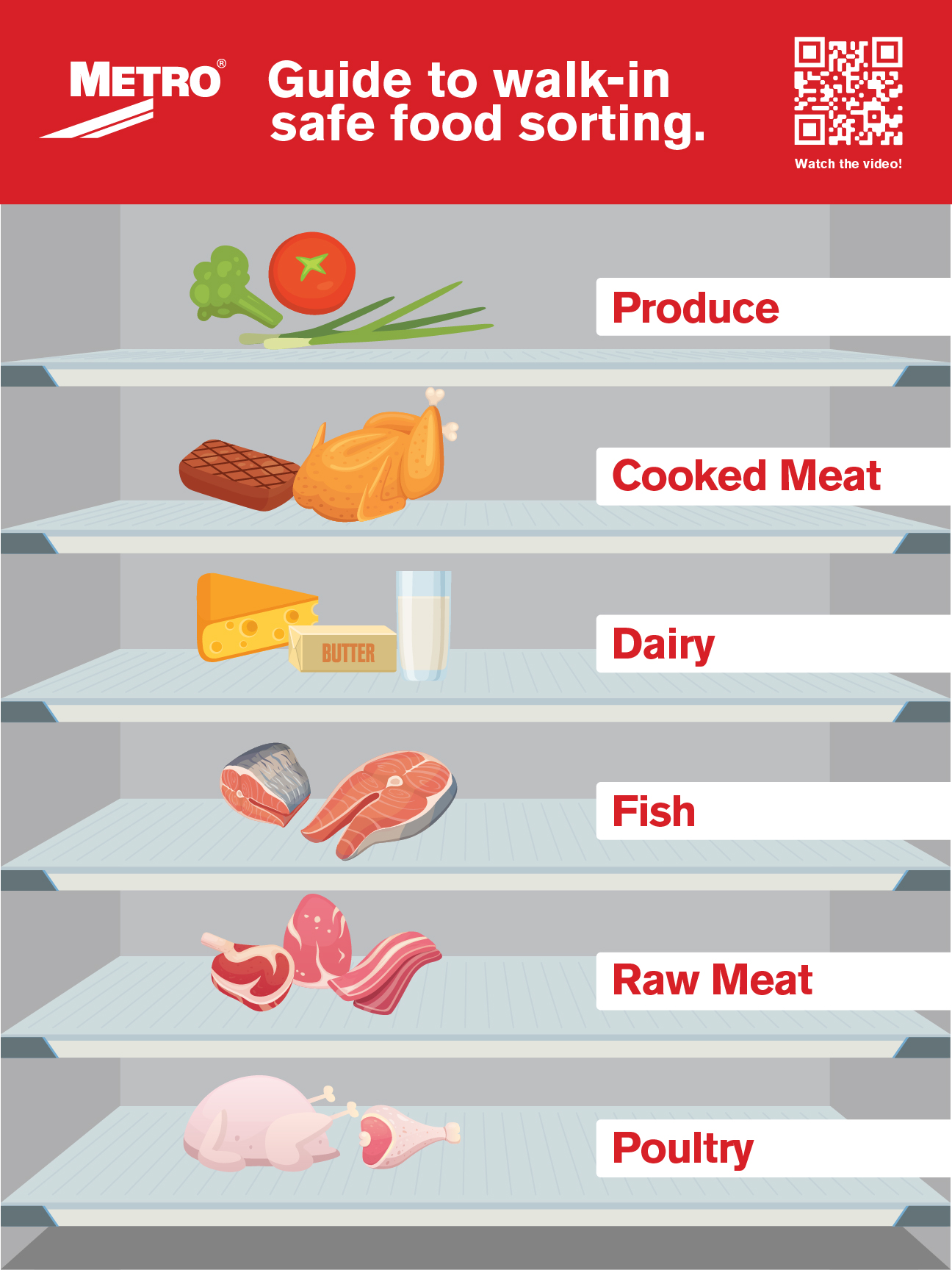Where Should Ground Beef Be Stored
Ground meat includes products such as ground beef, ground pork, and ground turkey. When storing ground meat, it is essential to follow proper food safety guidelines as these foods can harbor dangerous, illness-causing bacteria when not stored properly.Below, we will outline key guidelines for storing ground meat in your kitchen.
How to Store Ground Meat in Your Kitchen:
Rule #1 – Prep and wrap meat according to strict safety and health guidelines.
All ground meat must be carefully prepped and wrapped in a kitchen area designated for such work. You should never handle meat in an area where sandwiches are made or where vegetables may be chopped. This puts your kitchen at higher risk for cross-contamination (when bacteria spreads from one surface to another).
Both before and after handling ground meat, wash your hands thoroughly with warm water and anti-bacterial soap for 20 to 30 seconds. Wash all surfaces, including utensils and cutting boards properly. ServSafe suggests clearing off the utensil/ work surfaces of large items ( ie. food scraps) , followed by a thorough cleaning with soap and warm water. After you are done with the initial cleaning make sure that all the soap is rinsed properly and disinfect using an approved disinfectant. These steps will make sure that your tools and work areas are safe and sanitary.
 Rule #2 – Store ground meat according to the refrigeration hierarchy and abide by the "First In, First Out" rule.
Rule #2 – Store ground meat according to the refrigeration hierarchy and abide by the "First In, First Out" rule.
Once in your kitchen, ground meat needs to be stored (refrigerated or frozen) as soon as possible. Keeping ground meat cold will slow the growth of bacteria. Store your ground meat according to a safe, refrigeration hierarchy: Ground meat should go above poultry and below prepared foods, fruits and vegetables, fish and seafood, and beef and pork.
Your kitchen should have special dating guidelines when it comes to storing all types of foods. Make sure to clearly and accurately date your ground meat as soon as it goes in cold storage. Use the "First In, First Out" rule when using ground meat (FIFO): Oldest inventory ingredients are used first as long as they are within the labeled expiration date.
Rule #3 - Never partially cook ground meats (Even if they are going back to Storage)
To avoid possible illness, if you are cooking ground meat for use at a later time, be sure to cook it thoroughly to the proper temperature. The USDA (United States Department of Agriculture) states, precooked meat that doesn't reach the suggested safe temperature (Chicken - 165° , Beef -160 °F) is a breeding ground for bacteria, especially when placed back into a storage area. This bacteria grows at a much higher rate due to the perfect conditions and can often not be killed totally by reheating. To avoid possible illness, make sure that even product you may not be using at that second reaches proper temperatures.
Why Is It So Important to Store Ground Meat Properly?
Nearly any food can harbor bacteria, including ground meat. As ground meat is of animal origin, it is predisposed to harbor particular strains of illness-causing bacteria. These include the following:
- Shiga-toxin producing Escherichia coli (STECs)
- Listeria monocytogenes
- Campylobacter jejuni
- Staphylococcus aureus
These are four of the more common bacteria that may cause serious illness if consumed via ground meat. Keep in mind none of these bacteria can be smelled, tasted, or seen. As a chef, restaurant manager, or kitchen manager, it is vitally important that you take extra care with ground meat preparation and storage in your kitchen. Follow the guidelines listed above to avoid illnesses related to ground meat consumption and to stay on top of health inspection standards and guidelines.
For more information about safely storing ground meat and other foods in your restaurant's kitchen, contact a Metro Representative today.
Source: https://metro.com/blog/how-to-safely-store-ground-meat-in-your-restaurants-kitchen/